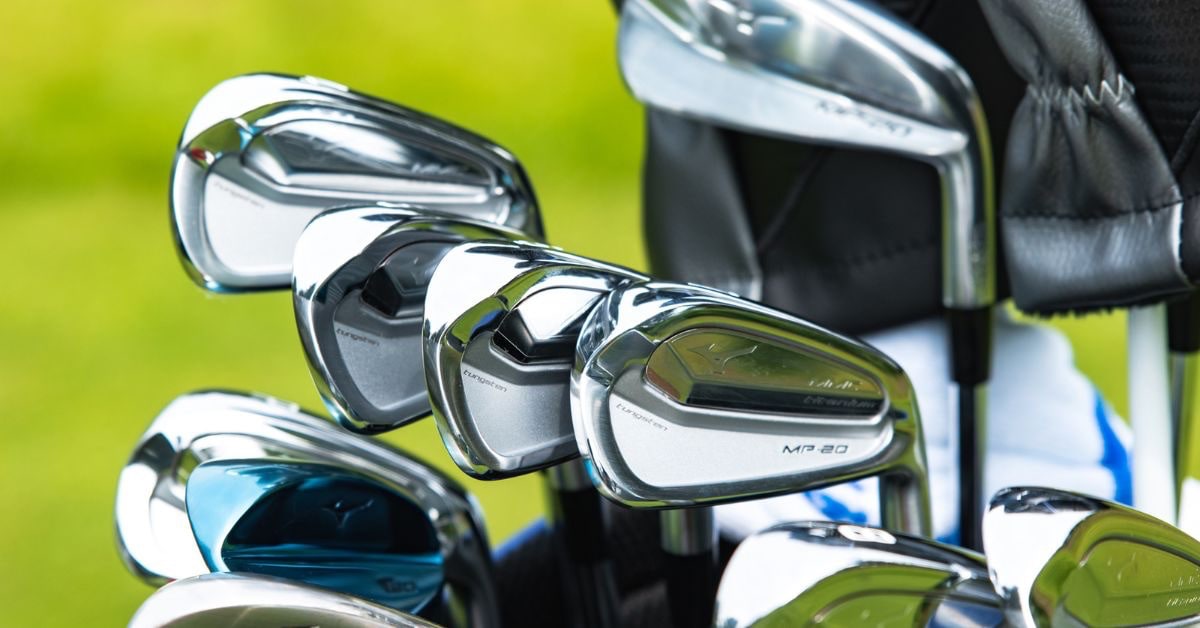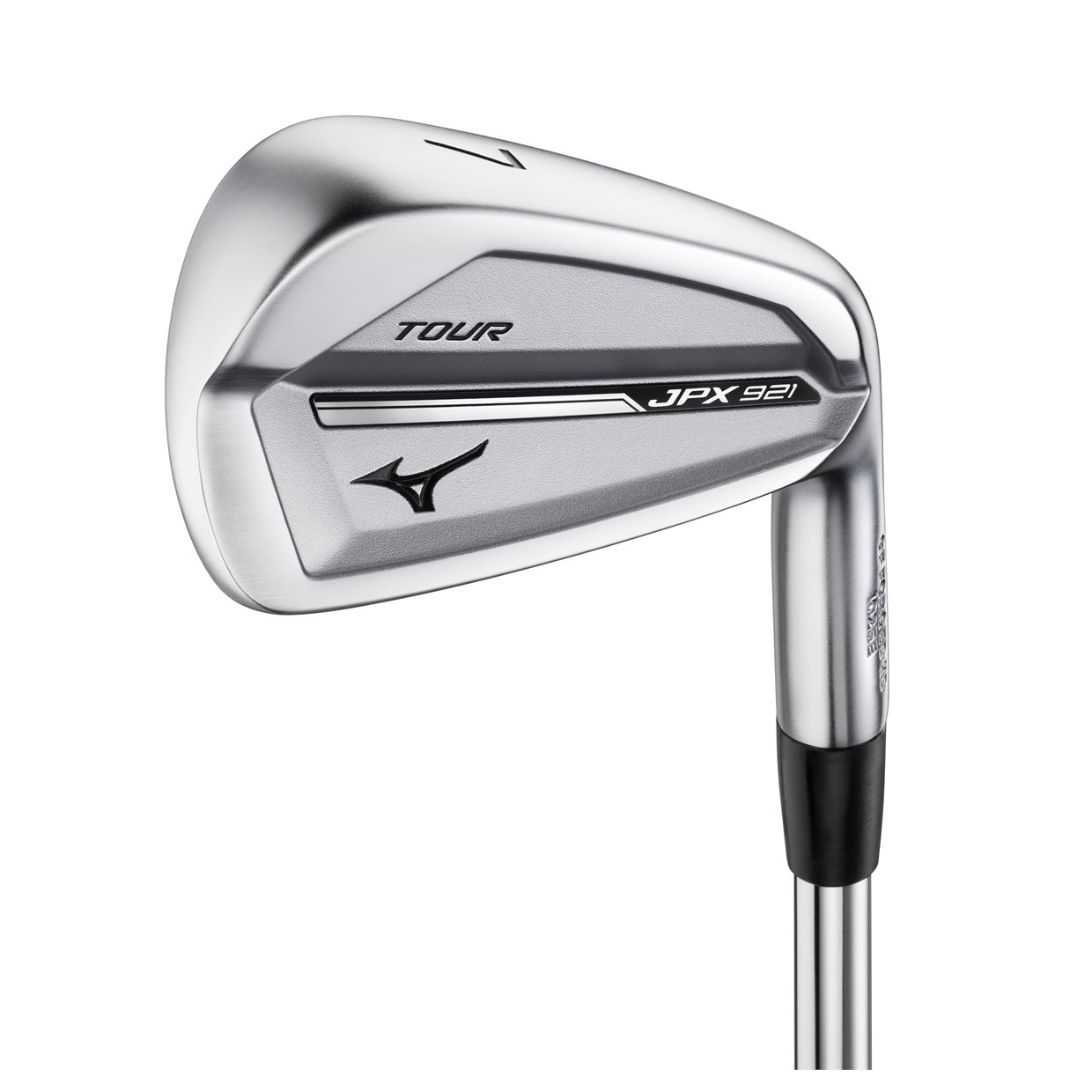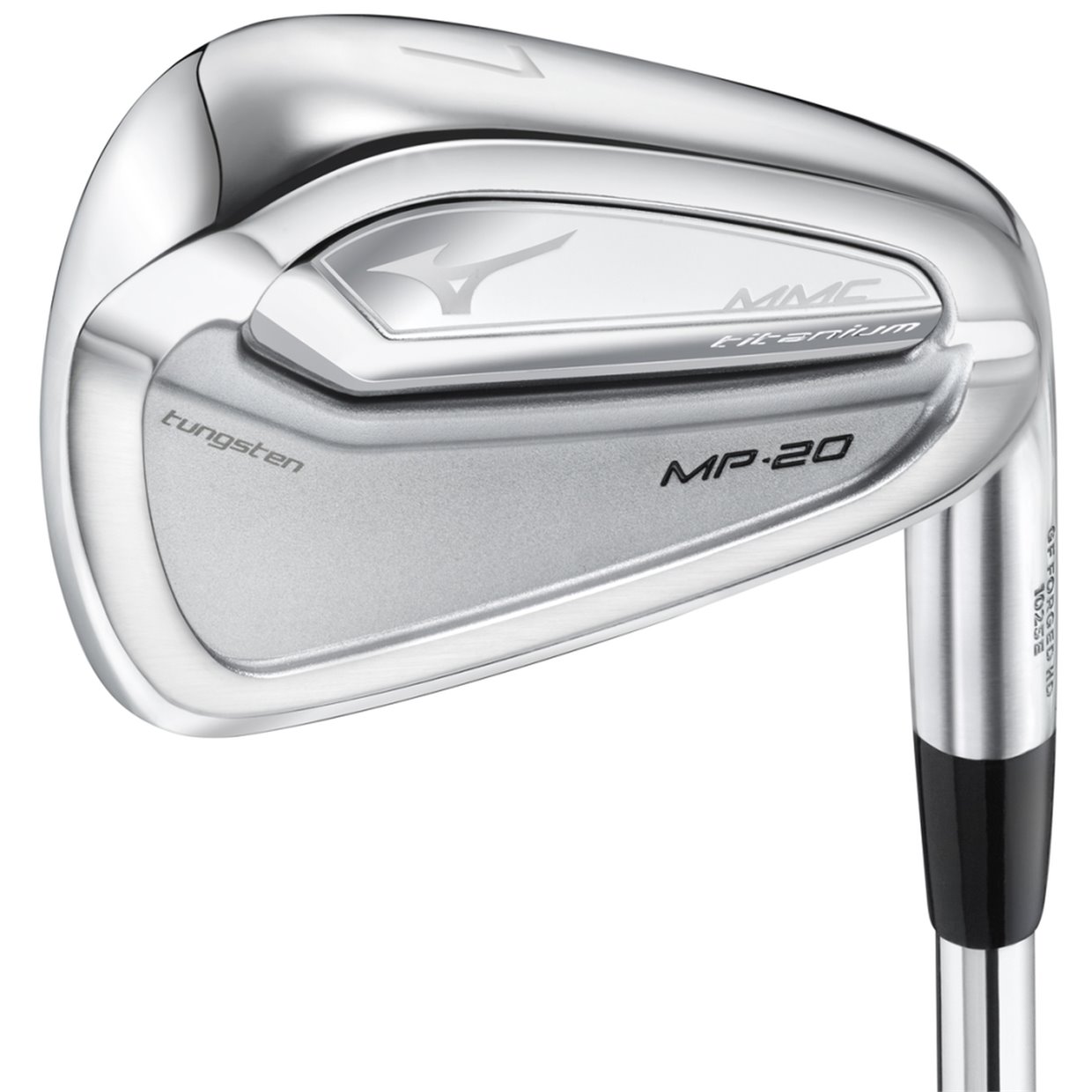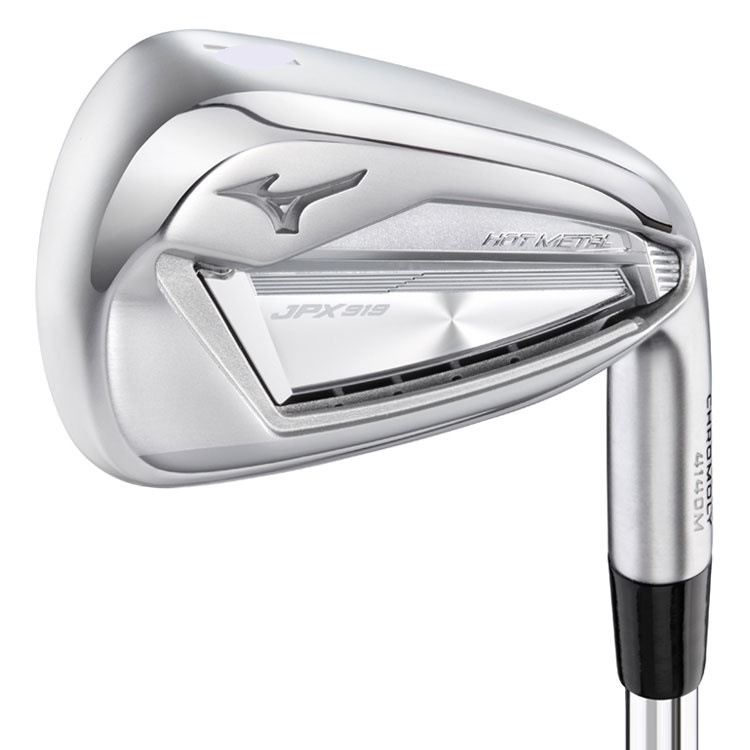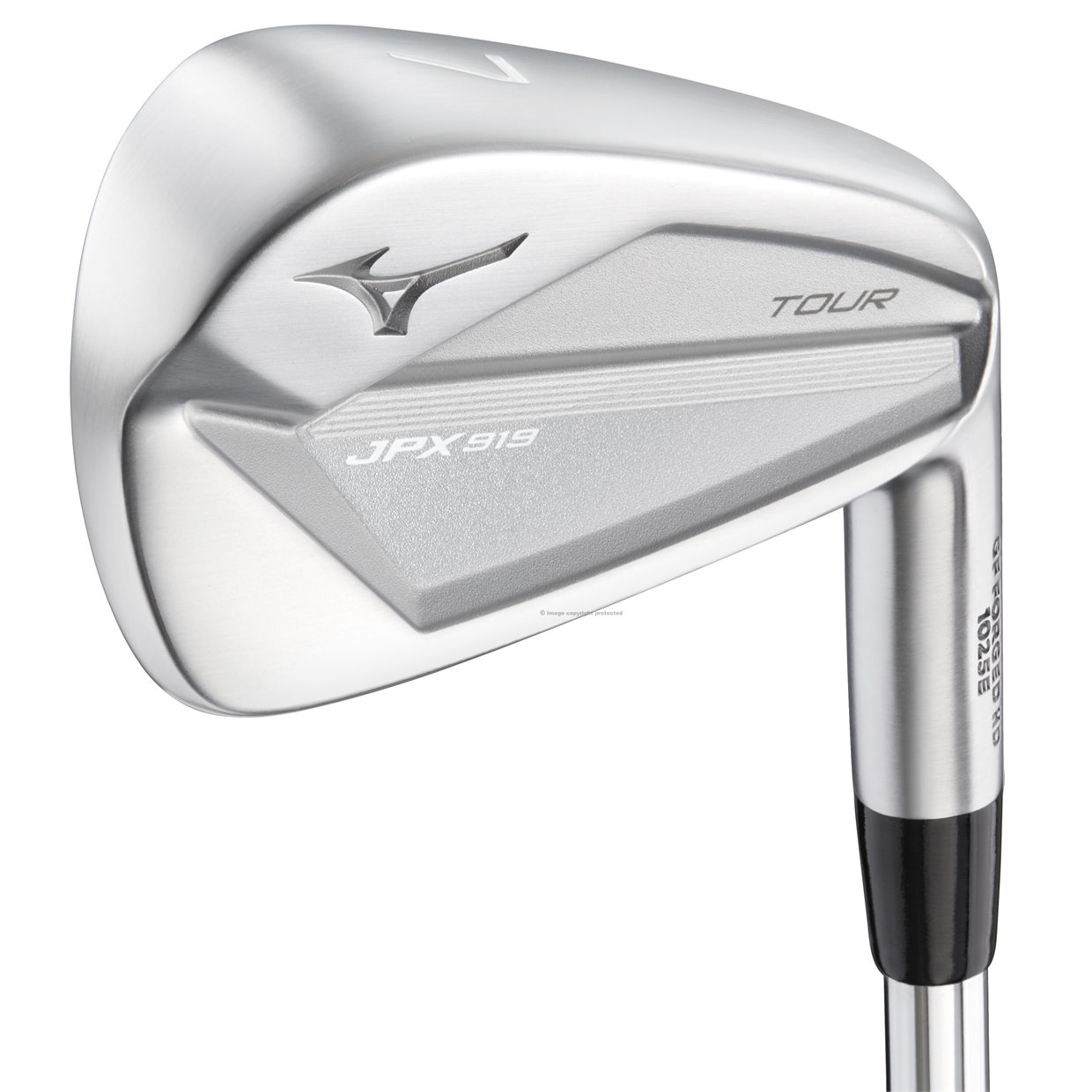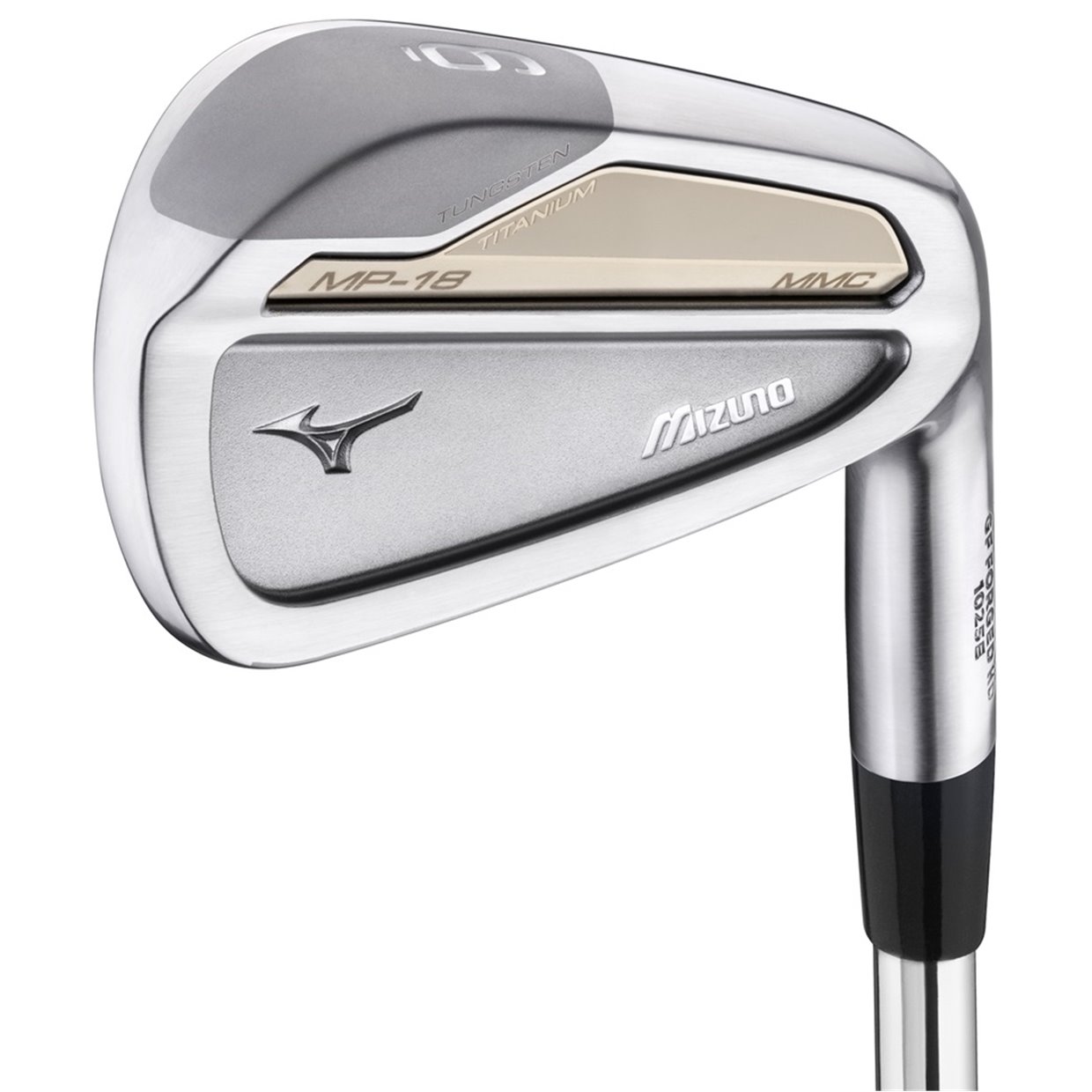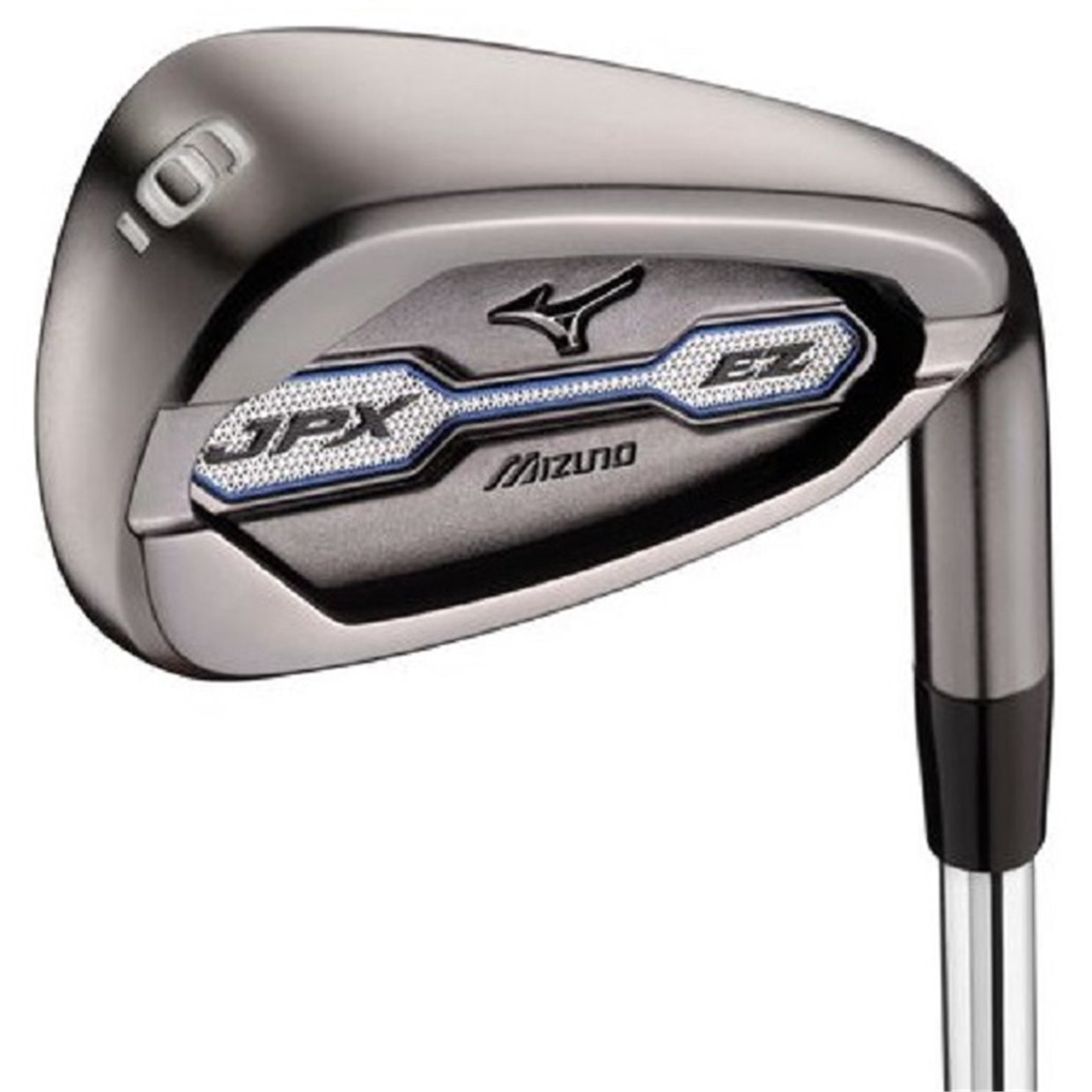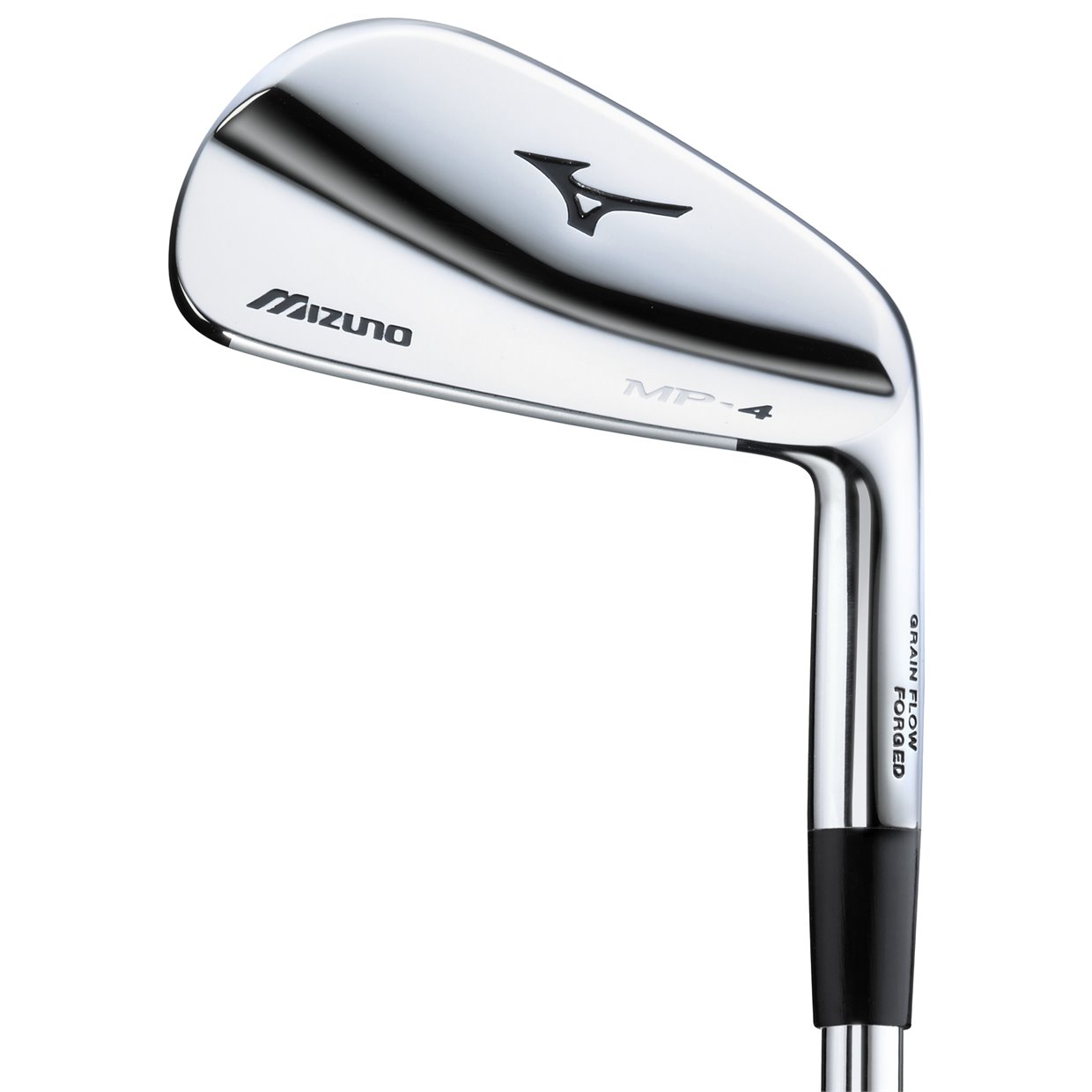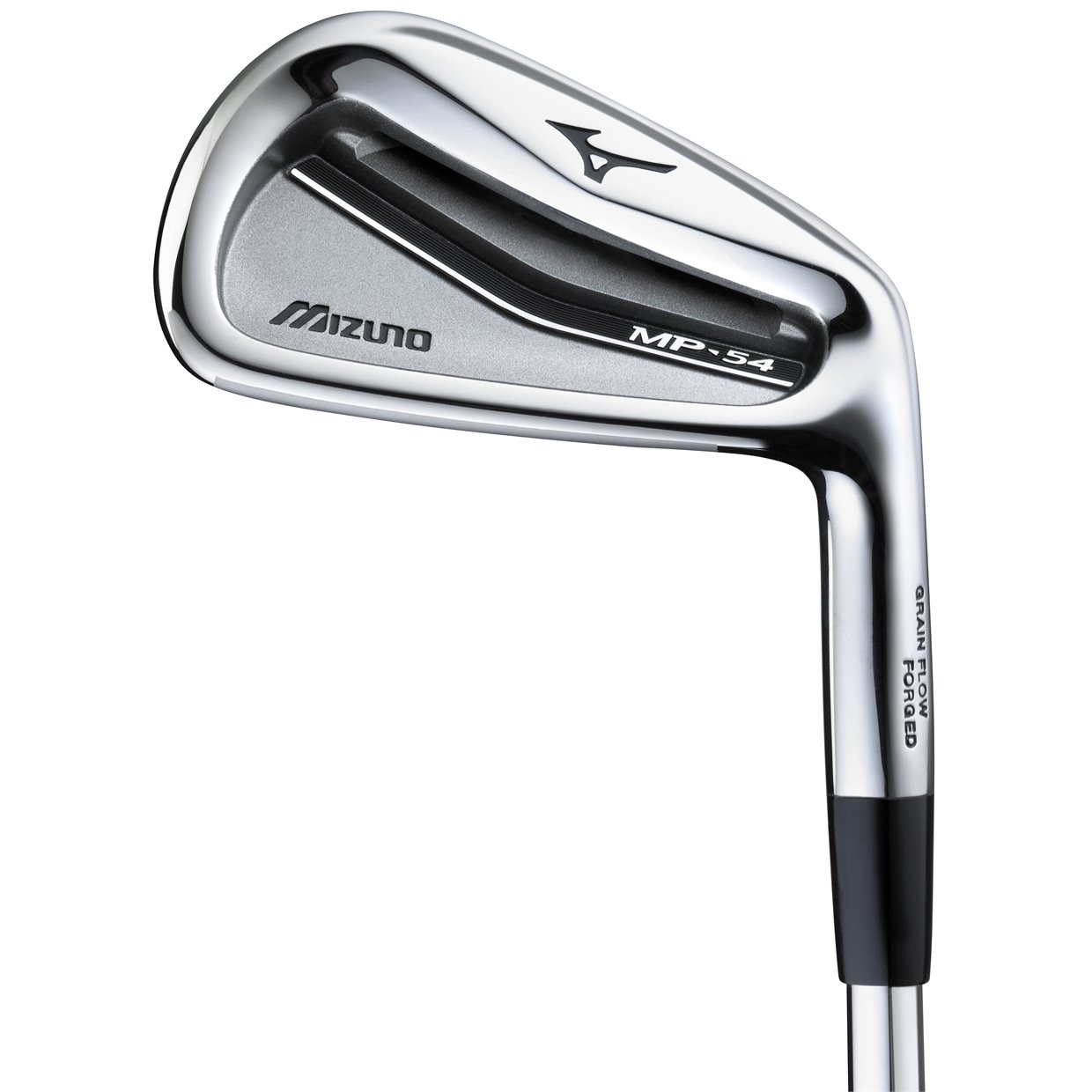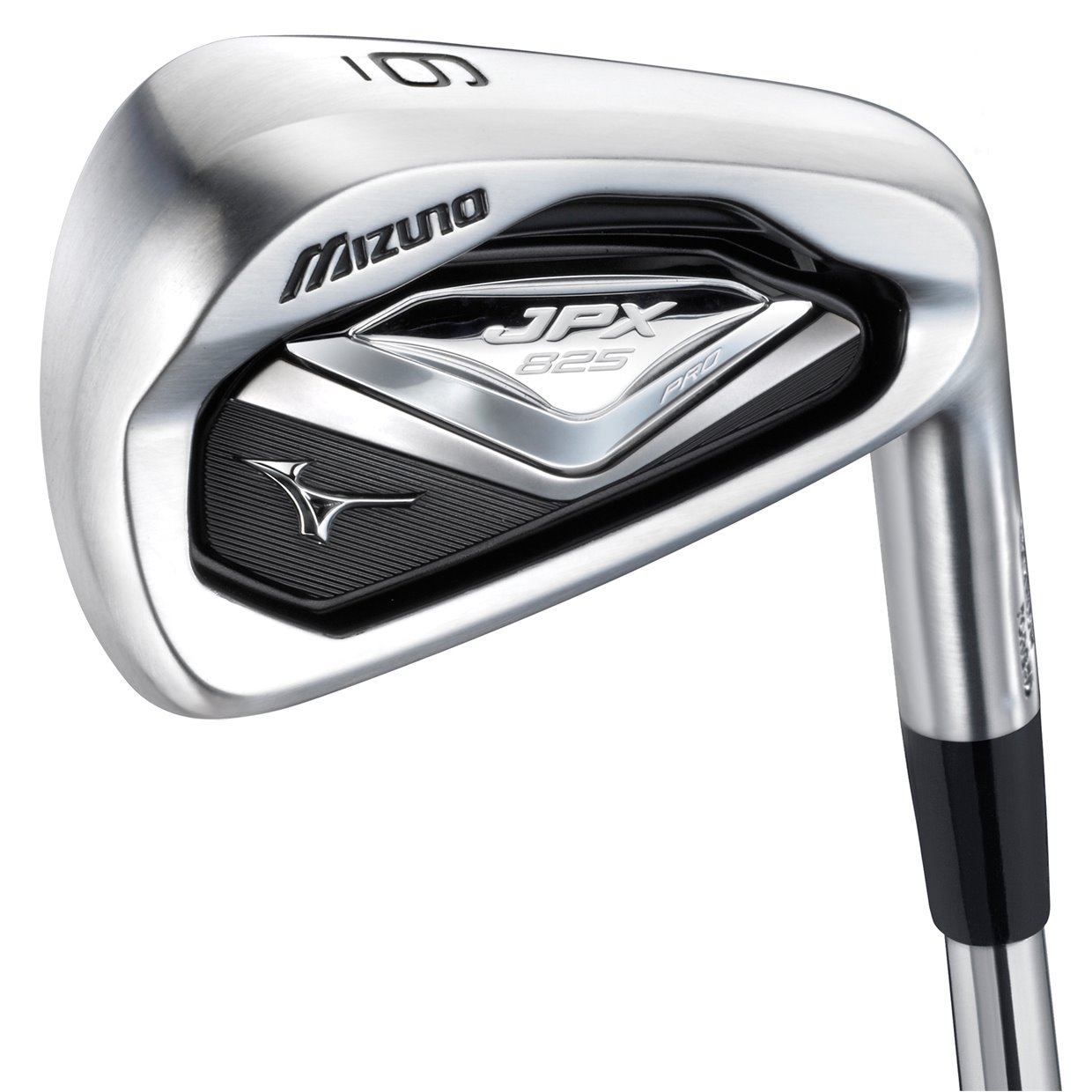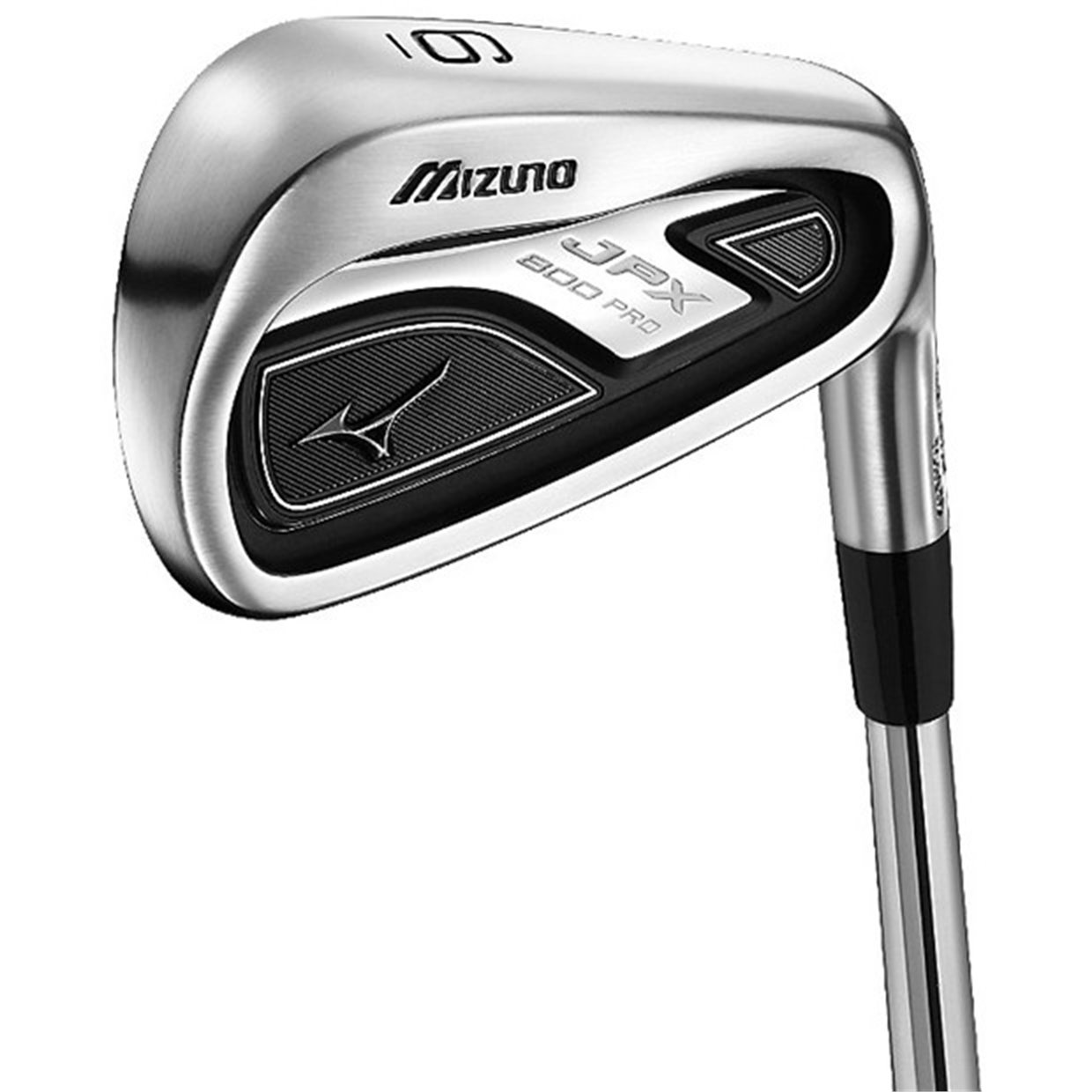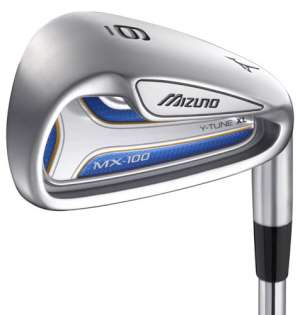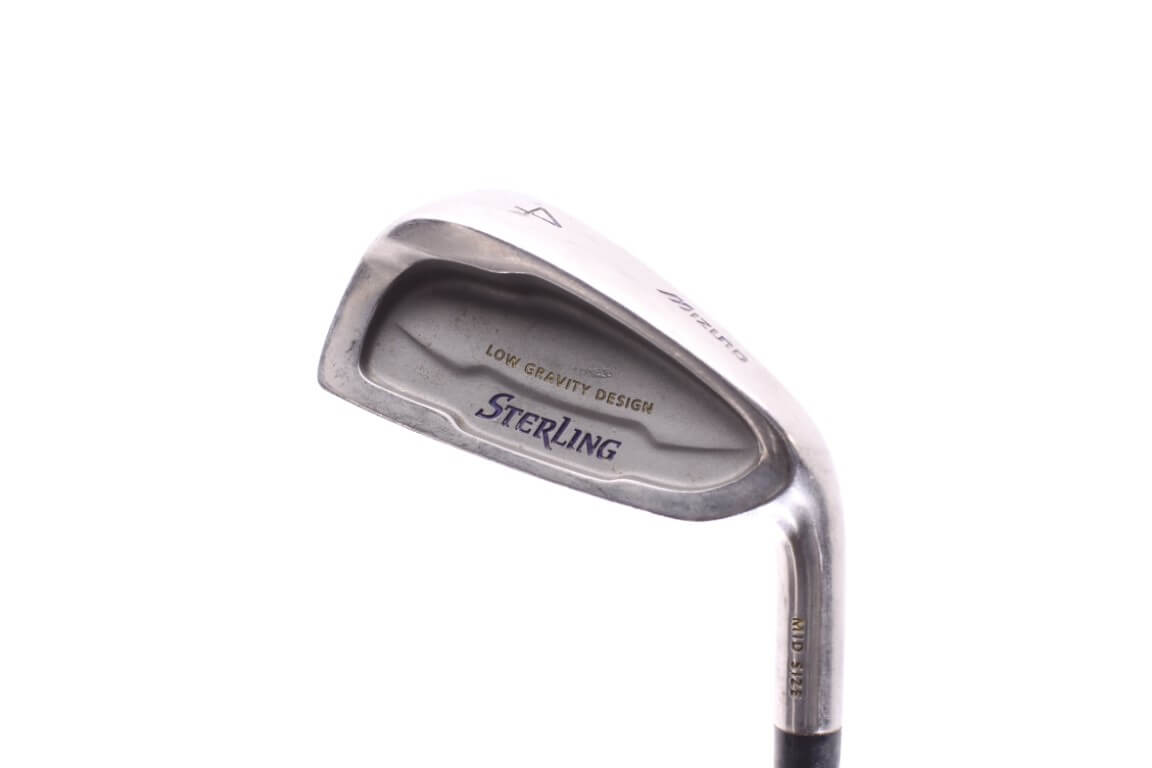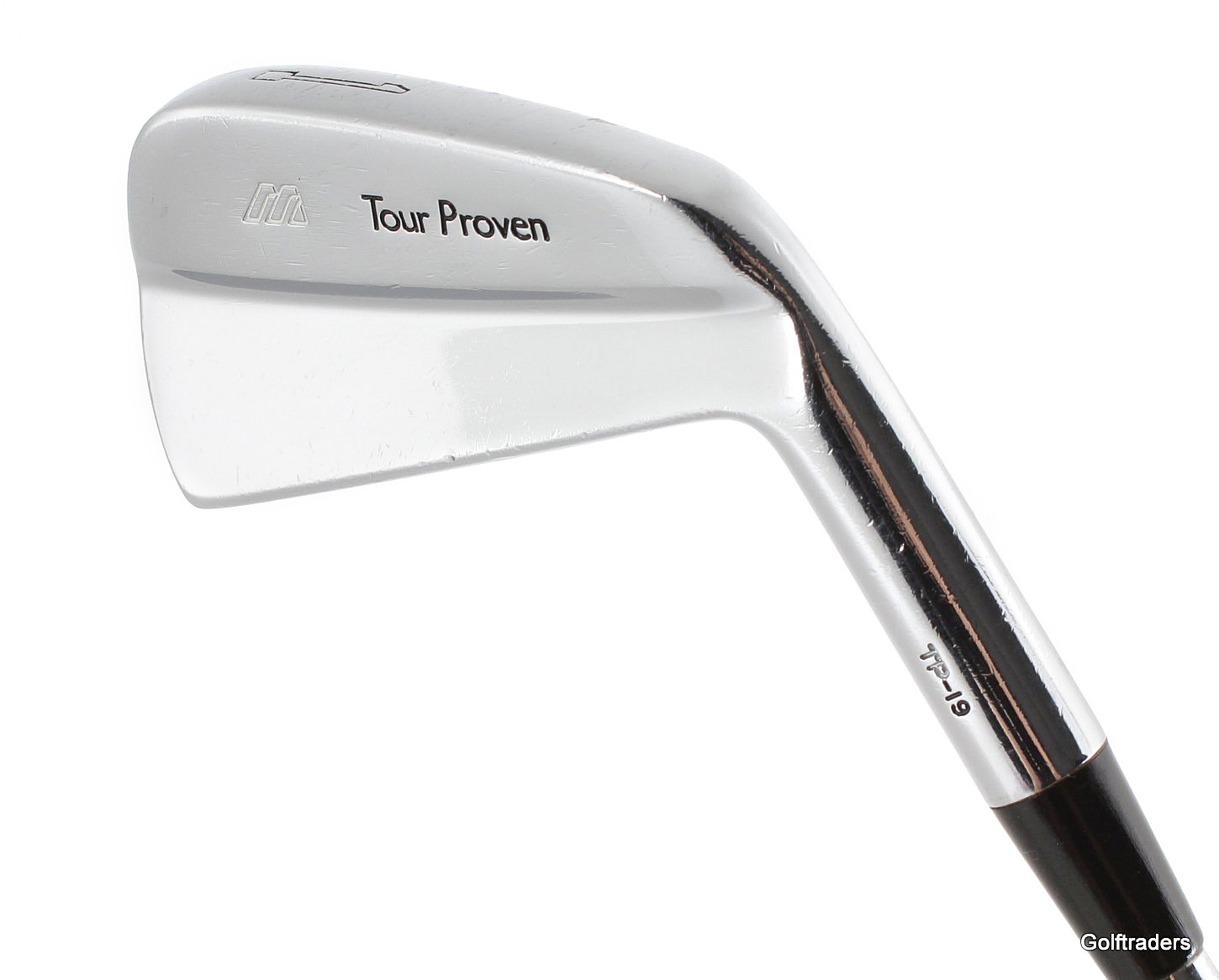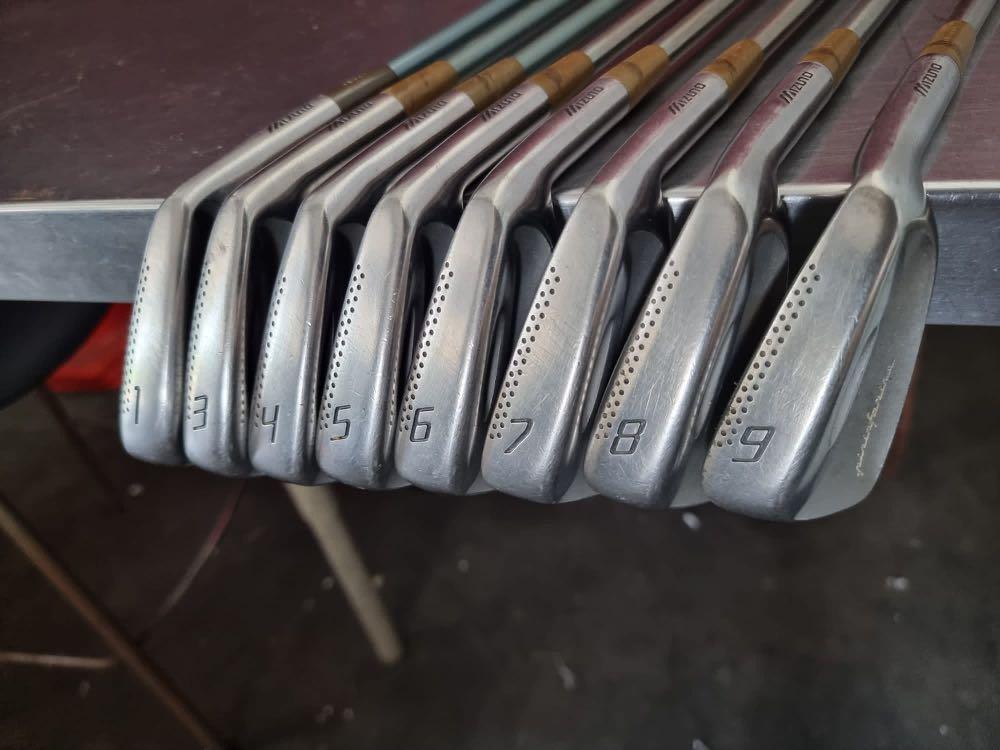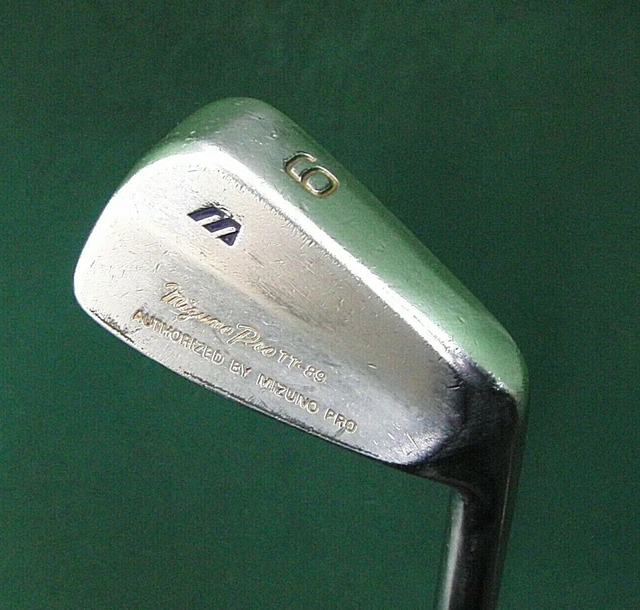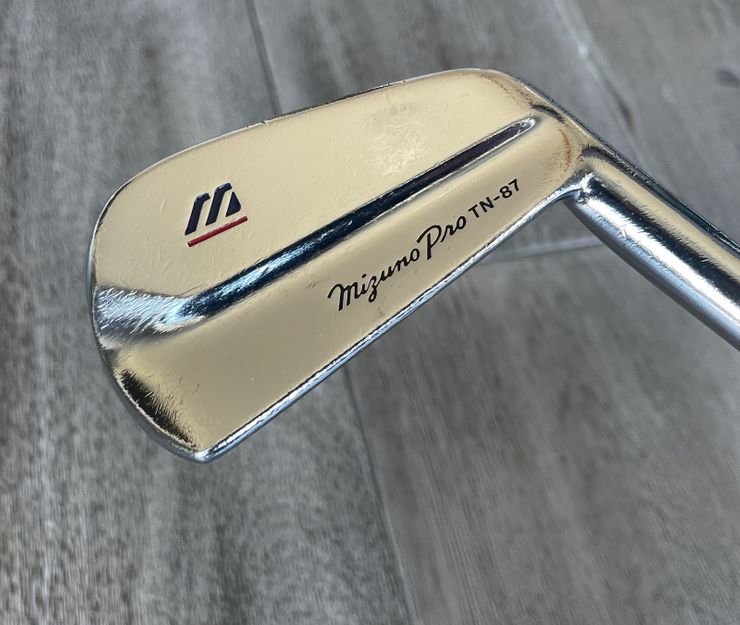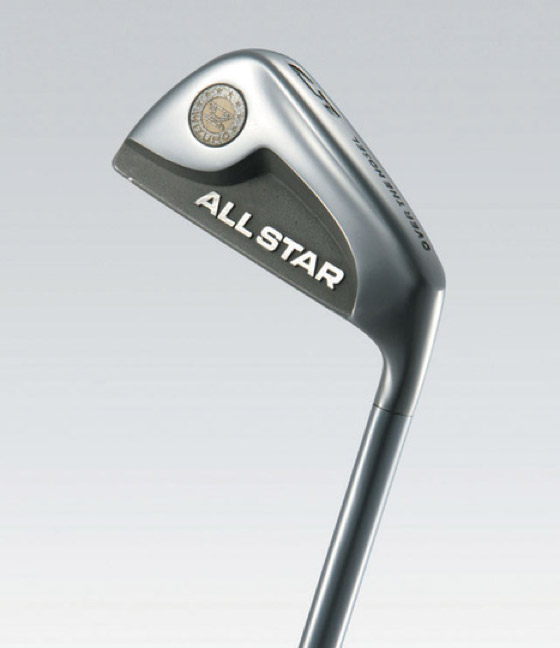Mizuno began manufacturing sports equipment in Japan back in 1913. Initially focused on baseball gear, the company introduced golf equipment in 1933.
Without a doubt, Mizuno irons are some of the best on the market. Take Nick Faldo for reference — he won all six of his majors with Mizuno clubs in the bag!
In this article, you’ll find a comprehensive list of Mizuno irons by year.
Mizuno Irons By Year
Mizuno manufactured its first golf iron in Japan in 1933. However, it first entered the global golf market in 1977. Several notable professional golfers have used Mizuno irons, including Nick Faldo and Tiger Woods. Most recently, the JPX 923 Hot Metal irons were introduced, offering great distance with accurate flight.
Here is a complete list of every Mizuno iron release:
Mizuno Irons: 1970-1979
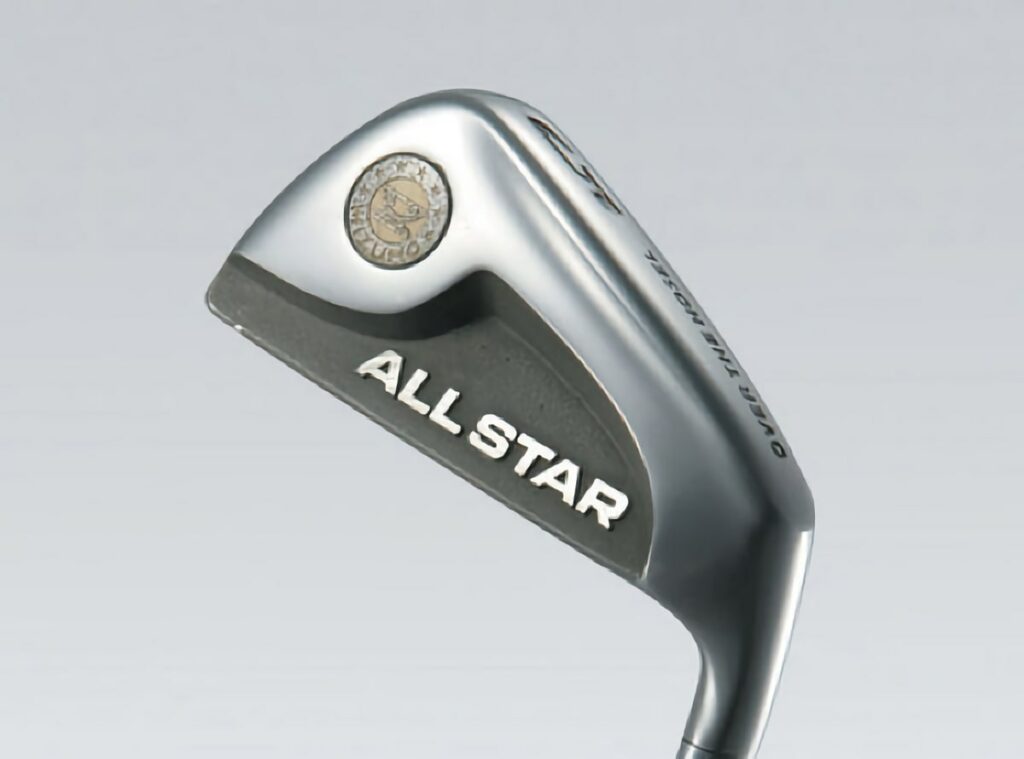
Having experienced some success in the Japanese golf market in previous decades, Mizuno began to export its golf clubs to Europe in the 1970s.
Traditionally, other manufacturers would produce golf irons from a single mold. As a result, this produced a rough finish and required lots of hand-grinding. Subsequently, the end product would lack consistency — around 1 in 10 sets might be rejected.
Instead, Mizuno opted for a two-mold system to maintain a higher quality:
Mizuno’s forging process, which used two molds, was more precise and required only minimum hand grinding. Consistency was much greater from head to head, resulting in more predictable performance on the course.
The Footsteps of Legends — Mizuno Golf
In 1974, the Mizuno All Star irons were released. Featuring a unique head design with a tungsten weight in the toe, it marked a turning point in the brand’s golf journey.
Mizuno Irons: 1980-1989
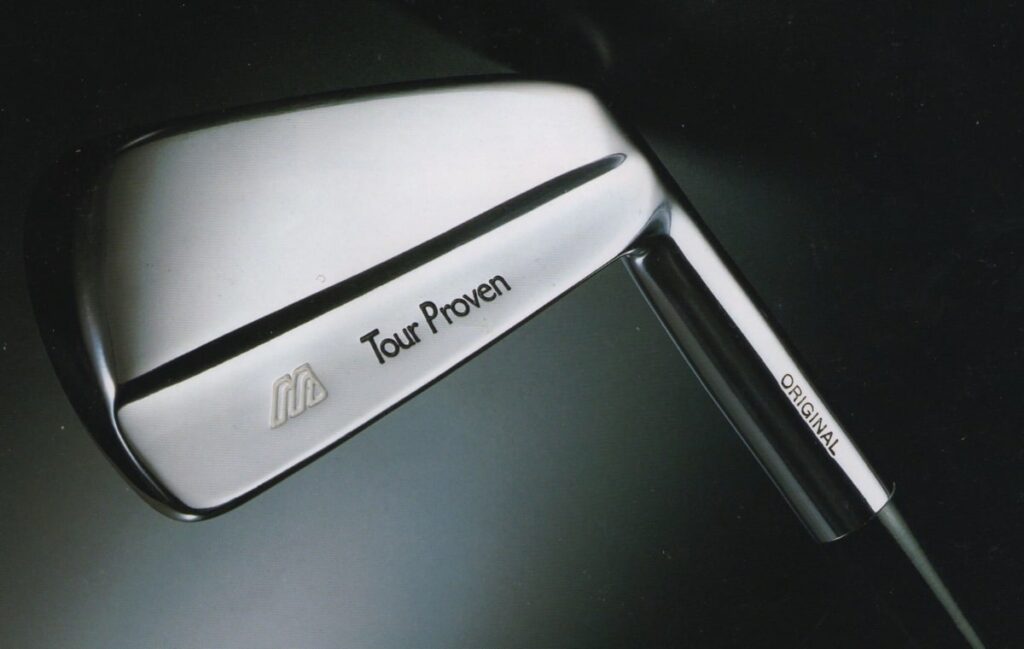
During the mid-1980s, Mizuno exploded onto the worldwide golf club scene. In this period, the brand also expanded into metalwoods with a line of Mizuno drivers.
In 1986, Mizuno debuted the TP (Tour Pro) line for the UK & European markets. This comprised TP Original, TP-3, TP-5, and TP-9, with each set of irons targeting low-to-medium handicap golfers.
In 1987, the Mizuno TN-87 irons were introduced. Named after Tsuneyuki “Tommy” Nakajima — the leading Japanese golfer in the 80’s — the TN-87 was a huge success and was played by the likes of Nick Faldo, Sandy Lyle, and Frank Nobilo.
The following year, the TP-11 irons were launched in 1988. These proved very popular and assisted Sandy Lyle in his Masters win that same year.
Rounding off the decade, the TT-89 irons were developed — featuring a razor-thin top line and a square toe. However, this Japan-only set was fairly short-lived.
Mizuno Irons: 1990-1999
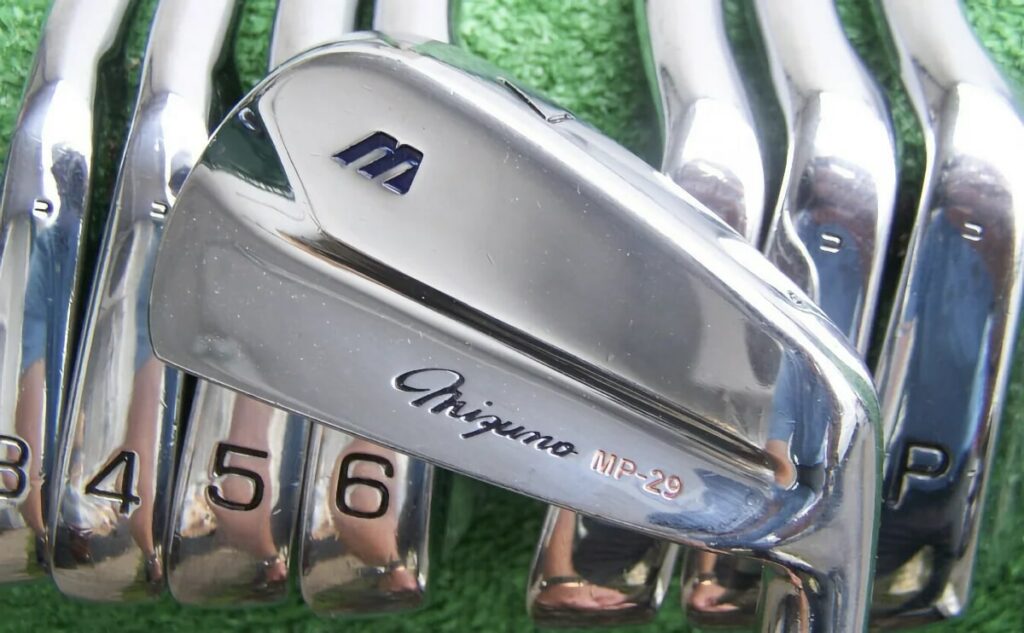
In the 1990s, CAD (Computer Aided Design) lead most manufacturers to invest in a casting process to manufacture its golf irons. For instance, Ping was primarily casting their irons, as were TaylorMade and Callaway during this period.
Mizuno, however, doubled down on its patented Grain Flow Forging process to keep product quality at the forefront.
Check out the video below, which demonstrates the Mizuno forging technique:
In 1990, the Mizuno TP-Z irons were released. Featuring a combination of cavity backs and blades within the set, the TP-Z was also referred to as the Grad MP in the USA.
The following year saw the release of the TP-18 irons. Referred to as the most popular irons at the 1993 Open Championship, these clubs saw plenty of tour play.
In 1992, the Japanese clubmaker developed the MP-29 irons. Perhaps one of the brand’s most well-known clubs, the MP-29 was famously part of the combo set used by Tiger Woods when he won his first major championship: the 1997 Masters.
In 1993, the Mizuno TP-19 iteration was released to the public. Designed with Nick Faldo’s input, Faldo used the TP-19 model at his final Open in 1993 and kept the same irons in his bag to win his final Green Jacket at the 1996 Masters.
That same year, the TP-2000s were released — though not as popular as the TP-19s.
In 1996, the TP-21 irons were developed. Built with a green-finished small cavity, these irons offered slightly more forgiveness than previous versions.
Mizuno Irons: 2000-2009
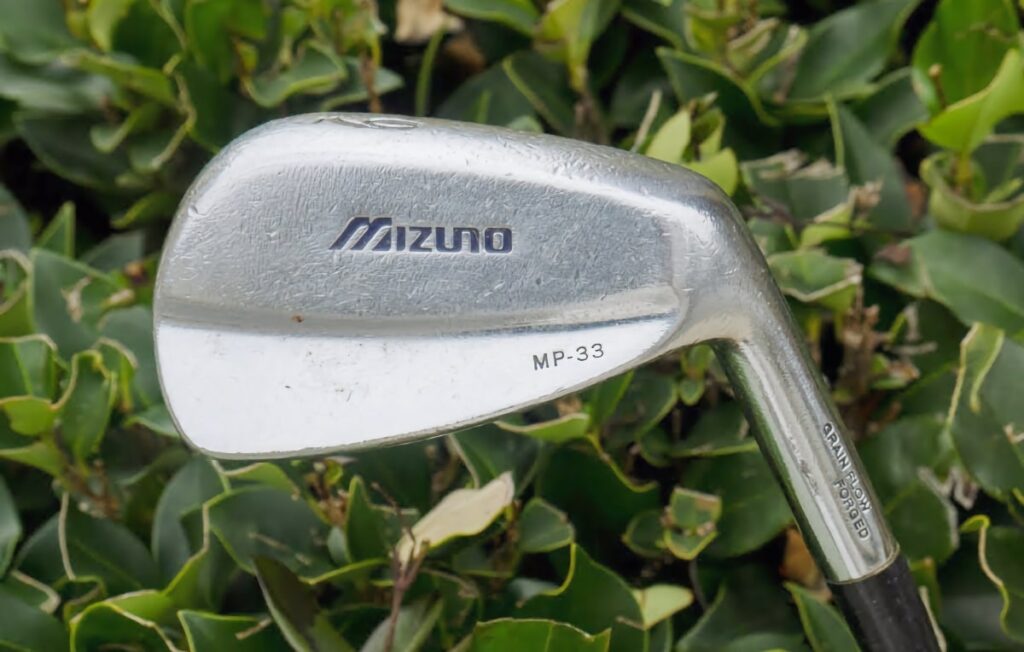
During the 2000s, Mizuno primarily focused on two lines:
- The MP series — blades designed for lower-handicap players
- The MX series — game improvement irons designed for higher-handicap players
In 2001, the Mizuno MX-20 irons were released. With the soft feel of a forged iron crossed with the forgiveness of a cavity-back, the MX-20 offered a larger sweet spot than previous models. This was ideal for the everyday golfer in the early 2000s.
One year later, the MP-33 irons were introduced. These were very popular blades amongst better players, as they were equipped with a lower COG to help get the ball airborne more easily than other blades on the market at that time.
Soon after, the MX-15 game improvement irons were launched — followed by MX-23. In short, these irons didn’t evolve too much in terms of appearance. Instead, the iterations focused on subtle refinements to weight distribution, improving feel and forgiveness.
Meanwhile, another notable release came in 2009 in the Mizuno MX-1000 irons. This was the first Mizuno iron to feature Hot Metal technology — where a thin, hot face is plasma-welded to a stainless steel body to help offer explosive distance.
Mizuno Irons: 2010-2019
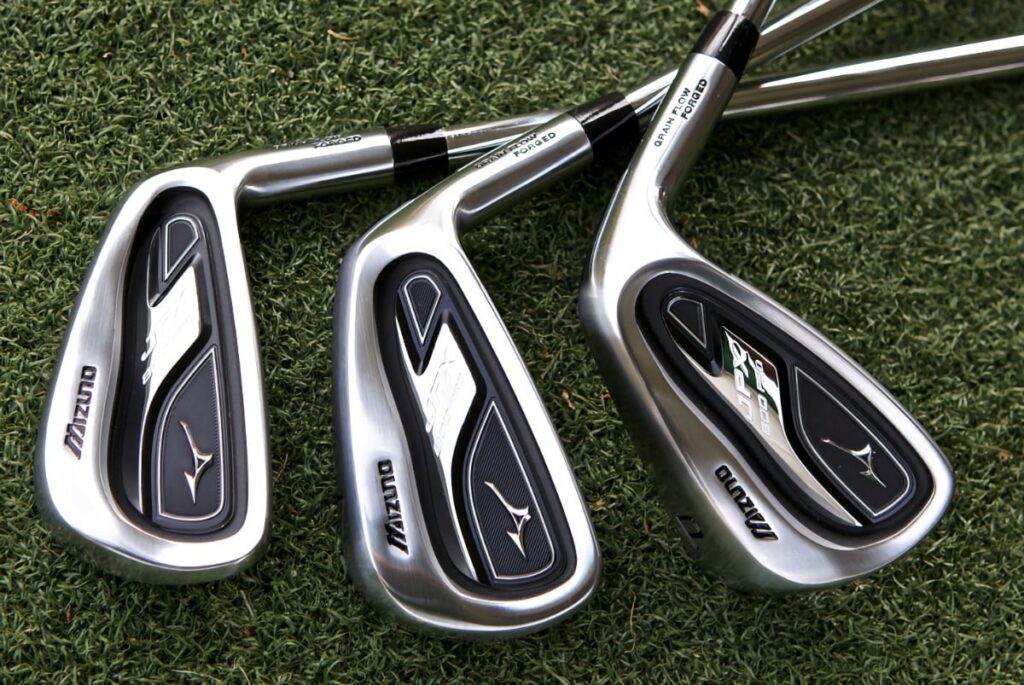
Transitioning into the new decade, Mizuno launched a new line of irons: JPX.
Standing for “Japan Performance Extreme”, JPX was a name developed for the Japanese golf market as a way to introduce more distance-oriented irons to a different segment of the market than the pre-existing MP line of clubs.
In 2010, the Mizuno JPX-800, JPX-800 Pro, and JPX-800 HD irons were launched.
Built with Hot Metal face technology along with a deep pocket cavity, the JPX-800s were designed for maximum distance. The weight distribution in the head also allowed for consistent ball speeds off the face, while the “external power bar” increased the size of the sweet spot and enhanced forgiveness. Perfect for the everyday golfer.
Following on, the MP line was extended with the MP-59 and MP-69 irons, while the JPX-825 and JPX-825 Pro iterations were developed.
The decade continued with consistent upgrades to the MP and JPX models — which had effectively replaced the game-improvement MX line.
Mizuno Irons: 2020-Present
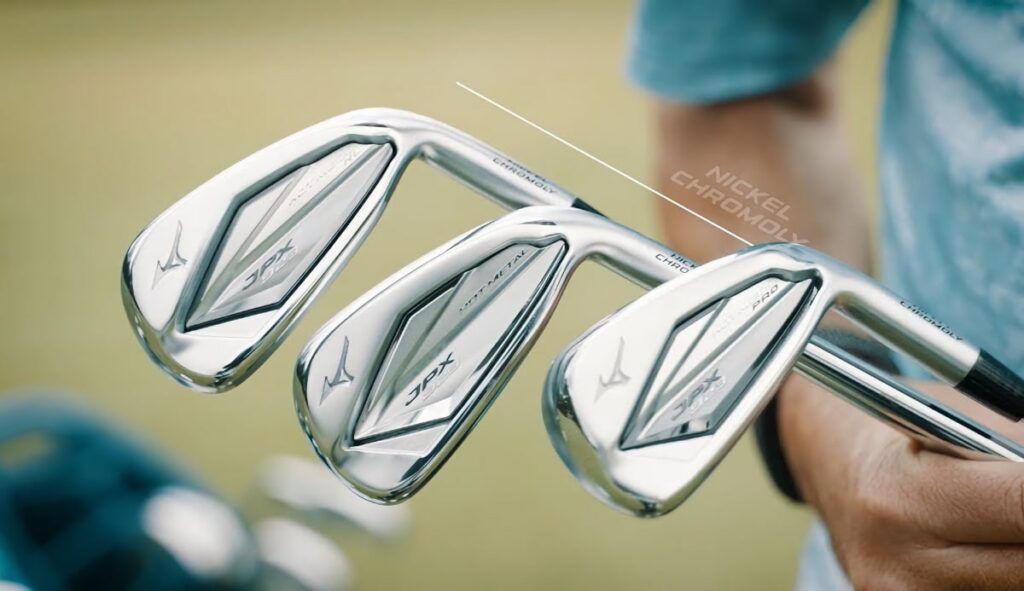
In late 2020, the Mizuno JPX 921 irons were released. Following previous release patterns, it included the Hot Metal lineup for more forgiveness, along with players versions in the JPX 921 Forged and Tour models.
Two years later, Mizuno developed the Pro 221, Pro 223, and Pro 225 irons.
In short, these elite players irons represent different head shapes. The Pro 221 is said to be based upon the looks and styling of Mizuno’s iconic blades of the past, albeit more playable. In the Pro 223, there is a compact cavity for slightly more forgiveness, while the Pro 225 offers blade-like looks in a hollow back iron design.
In 2023, Mizuno launched the JPX 923 series. This included the popular JPX 923 Hot Metal, Hot Metal Pro, and Hot Metal HL models, along with Forged and Tour versions.
Not only does the JPX 923 Hot Metal look beautiful, but it also offers forgiveness and a soft feel in a playable head. Ultimately, this makes it suitable for golfers of all abilities.
Check them out on Worldwide Golf Shops below:
PROS
– Very appealing design
– Excellent feel & forgiveness
– Generates high ball speeds
CONS
– Relatively pricey

